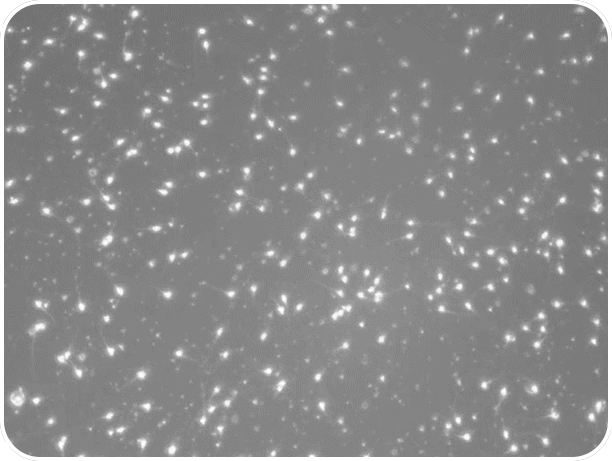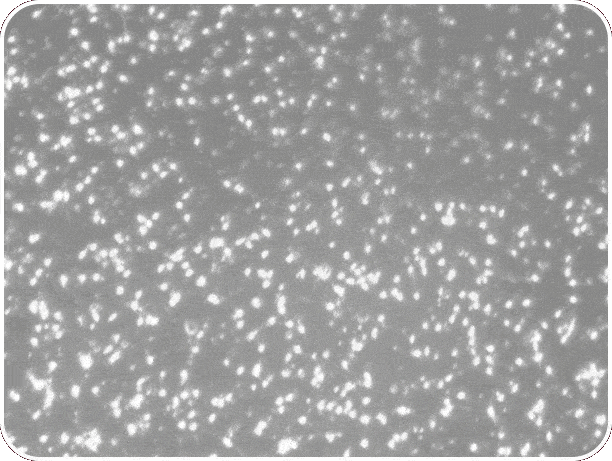
I CAN SEE
CLEARLY NOW
THE SPERMIOGRAM


The spermiogram is an important examination method for assessing male fertility. The evaluation is carried out according to WHO guidelines. The focus of the exam is to assess sperm cells with regard to their concentration, motility and shape.
A spermiogram utilizes microscopic analysis of the ejaculate to enable an assessment of the man’s fertility. More specifically, it refers to a listing of all findings collected during the sperm examination.
THE PATH TO CERTAINTY
The spermiogram is the most important examination for assessing a man’s fertility. The semen sample is taken via masturbation under sterile conditions, preferably directly at the examination site, in order to enable quick processing and analysis of the sample. In the laboratory, the ejaculate is examined under a microscope. A decisive assessment of whether poor sperm cells are the cause of infertility can only be achieved through the sum of several factors, including the quantity, motility and quality of the sperm. A low sperm count in the ejaculate is not equivalent to sterility, but it may mean that it will take longer for an egg to be successfully fertilized. Sperm with limited motility or abnormal shape can also negatively impact natural procreation.
What are things to think about when doing a spermiogram?
A spermiogram is performed after at least 2 days of sexual abstinence.
A follow-up spermiogram should be repeated after about 4 weeks.
Extraction by masturbation is necessary for the sperm analysis.
An examination by a urologist is necessary to rule out factors such as varicoceles (varicose veins).
WHO CRITERIA FOR A
«NORMAL SPERMIOGRAM»
More than 15 million sperm cells per milliliter of seminal fluid are expected in an ejaculate volume of at least 1.5 ml. Also, more than 32% of sperm cells should
have a rapid forward motion, and at least 4% should be normally formed sperm cells.
If these criteria are met, the man is considered to be capable of procreation.
Besides the sperm cell findings, the ejaculate should contain no more than one million per milliliter of leucocytes. To be certain, the ejaculate should always be analyzed twice.
If the spermiogram is pathological (abnormal), i.e. one or more parameters deviate from the WHO norm, treatment is necessary.
The current WHO standard states that more than 15 million sperm cells should be present in one milliliter of ejaculate. The volume of ejaculate should not be less than 1.4 milliliters.
| WHO 1998 | WHO 2010 | |
|---|---|---|
| Ejaculate volumen | 2ml | 1,5ml |
| Total sperm count in ejaculate | 40 mill. | 39 mill. |
| Sperm count | 20 mill./ml | 17 mill./ml |
| Progressive motility | 50% | 32% |
| Vital sperm | 75% | 38% |
| Morphologically normal sperm | 30% | 4% |
| Overall motility | 50% | 40% |
| pH Value | ≥ 7,2 – 7,8 | ≥ 7,2 |